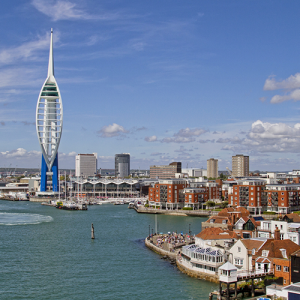By Richard Johnstone | 17 July 2013
Maintaining current spending levels on pensions and healthcare will put public sector debt on course to hit 99% of economic output within 50 years, the Office for Budget Responsibility has warned.
The watchdog’s annual Fiscal sustainability report said that this ‘unsustainable upward trajectory’, caused by the ageing population, would likely require action to reduce costs or increase taxes.
The report, published today, found that government spending cuts, and economic growth, is likely to reduce public sector spending from its current level of 40.5% of total gross domestic product in 2012/13 to 36.1% by 2020/21.
However, today’s report warned that spending, as a proportion of GDP, will then rise to 40.6% by 2062/63 if current entitlements on health, pensions and social care are maintained. This amounts to a £61bn increase in current spending.
As a result, public sector debt is projected to rise from around 75.1% of economic output in 2012/13 to 99% by the end of the forecast period.
This means the public finances will ‘come under pressure over the longer term’. If the government wanted to return debt to the level it was at before the financial crisis – around 40% of GDP – by 2062/63, there would need to be around £19bn of additional cuts, or tax rises, in 2018/19, and then an extra £7bn each following decade.
The main reason for projected increase in debt is ‘key items of age-related spending’. Health spending is now projected to rise from 7.0% of GDP in 2017/18 to 8.8% in 2062/63, while state pension costs increase from 5.8% of GDP to 8.4% as the population ages. This projected increase is slightly lower than last year’s projection by the OBR, because the planned introduction of the single tier ‘flat rate' pension in April 2017 will reduce spending in 2062/63 by 0.7%.
Public sector pension costs will also go up, the report found, due to the ageing population. Although the government’s reforms to public sector schemes reduced the liabilities by £126bn in the Whole of Government Accounts for 2010/11, the latest figures show an increase in net present value liabilities by £47bn to just over £1 trillion.
Long-term social care costs will also increase, from 1.3% of GDP in 2017/18 to 2.4%, as a result of both the ageing population and the introduction of a lifetime cap on certain long-term care expenses incurred by individuals, following the Dilnot Review. The cap will increase spending by 0.3% of GDP by 2062/63, according to the projections.
This range of higher costs will not be matched by increases in revenues, the OBR warned.
The ‘central projection’ is that government current spending will move into a surplus of 0.9% of GDP by 2017/18 as result of the government’s deficit reduction programme. But annual spending will then move into a deficit of 1.8% of GDP by 2062/63.





















